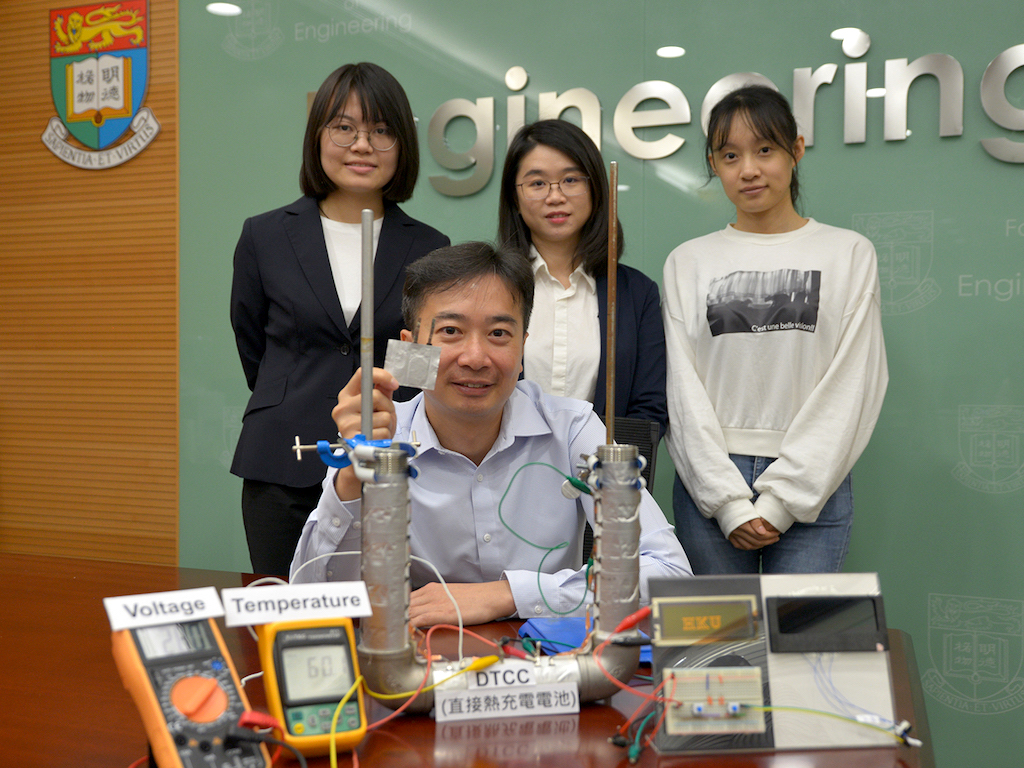
The mechanical engineering team at the University of Hong Kong have recently invented and filed to patent a recapture device that can help recycle the low-grade heat generated from our households and in many industries. Developed with electrochemical technology and dubbed the Direct Thermal Charging Cell (DTCC), the device can effectively convert heat waste under 200 degrees celsius into electricity. By capturing this exhaust heat, which is generated from many everyday household and industrial sources such as kitchen appliances, air conditioners, fans, computers, lights and manufacturing, electricity converted by the DTCC helps to cut down primary energy wastage and therefore reduces our overall greenhouse gas emissions. Once the electricity has been converted, it can then be used to charge common electrical devices such as iphones, portable changers and electrochromic windows.
The DTCC has a huge game-changing potential to reduce resource wastage and lower our carbon footprint on the planet. In addition to it being low in cost to produce, the cell itself is bendable, stackable and takes up only 1.5 square centimetres of space. This means that it can be easily integrated within our own households, such as on window frames to capture solar thermal energy, or in much large-scale applications such as desalinating water without using outside sources of energy. In a 2017 report conducted by the European Union’s Central Europe Regional Development Fund, experts highlighted the huge decarbonisation potential of recycling discharged wasted heat.
“Efficient low-grade heat recovery can help reduce greenhouse gas emissions but current technologies to convert this heat to electricity is still far from optimum…DTCC is a revolutionary design with great potential in smart and sustainable energy devices,” said mechanical engineer and lead researcher Dr Tony Shein-Ping Feng.
The research team added that over time, with the increasing trend of portable and wearable electronic gadgets, the DTCC could one day help harness heat waste generated from our bodies to power these gadgets or medical devices to monitor health conditions like blood pressure and sugar levels.
HKU’s innovative technology marks a step in the right direction to accelerate the city’s much-needed path towards carbon neutrality. According to a 2018 report by HKU’s Earth Science department, the city ranks as the 7th highest emitter among 113 regions in the world. While Hong Kong has vowed to reduce carbon emissions by 26-36% relative to 2005 levels by 2030 under their Paris Agreement obligations, the government has done little to develop the city’s renewable energy sources. Last year, this sparked frustration amongst the student climate strikers who have launched the #morethan1% campaign to demand a shift away from fossil fuels and increase the city’s renewable energy supply to more than the current 1%.